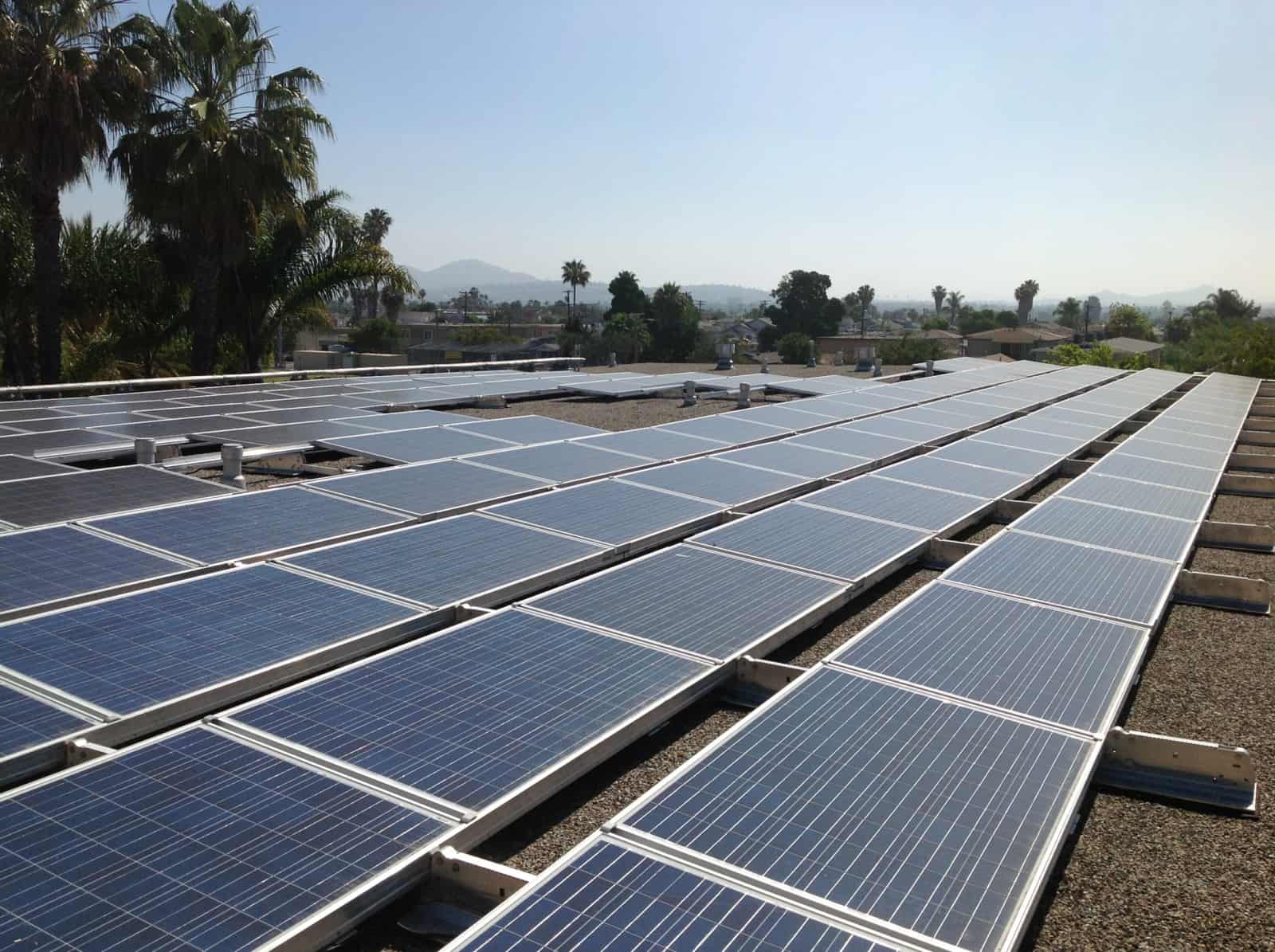Trade Decisions Are Hurting American Solar Industry
Friday, Jul 18 2014

Like many others, I believe the U.S. Department of Commerce’s 2012 and 2014 trade decisions against the Chinese module manufacturers are essentially protectionist in nature. In my mind, and I am only speaking for myself, these decisions are unfairly setting up the U.S. solar industry for failure. If solar photovoltaics (PV) does not reach cost competitiveness with grid-supplied power by the end of 2016, we are all going to look back and see the continuing trade war with China as the primary contributing factor.
We all know about the dramatic PV system price decreases in the past few years, but the cumulative effect of the 2012 and 2014 Commerce Department decisions is to reverse that cost reduction trend. If you look back to the spring of 2012, you would find silicon module prices in the range of $0.80 to $0.85/watt (W) and analyst predictions of module prices in the range of $0.55 to $0.60/W by the end of 2014. Needless to say, we are nowhere near $0.55 to $0.60/W in the United States in July 2014!
At present, the Commerce Department trade decisions are costing the American solar industry about $0.18/W - and likely costing more as early as next week. Right now the cost of tier-1 Chinese modules delivered to the west coast of Mexico is $0.58/W. The same modules delivered to the west coast of the U.S. cost American solar installers $0.76/W. If not for the trade war, we could be buying silicon modules in the US today for $0.58/W or less!
Without the trade war with China, the US solar industry would be in a great position to achieve cost-competitiveness with grid-supplied power by the end of 2016. With the continuing trade war, cost competitiveness with the grid by 2016 is in grave jeopardy. Losing the 30 percent solar Investment Tax Credit (ITC) before achieving cost-competitiveness will set the solar industry back for years.
The ITC that Congress provided the solar industry has proven to be an excellent multi-year catalyst that allowed for remarkable industry growth and fantastic cost reductions. Now, with the industry’s goal in sight, the actions of another branch of the government are frustrating cost-reduction efforts and may severely harm industry growth going forward. It is time for the government to get its collective act together and solve this problem before it causes irreversible harm to the U.S. solar industry. I do hope that the pro-solar Obama administration can lead the effort to solve this problem.